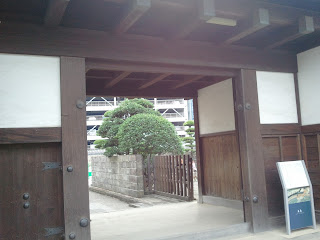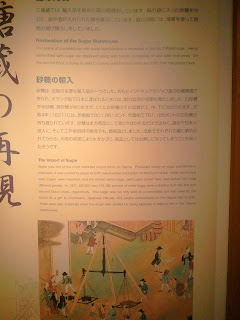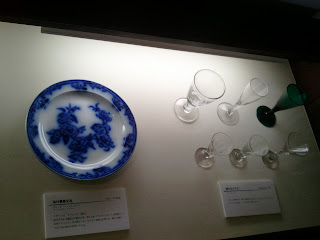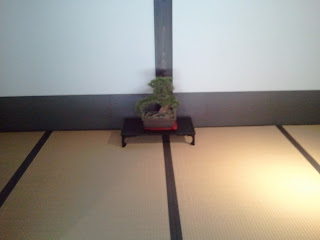This is Evan, without him we would have no real reason to do anything tonight
Left to Right: Travis and Dani
Aaron
Left to Right: Travis, Dani, Mai, Jessica
So after Ramen we went over to a place called the Monkey Wrench one of the "Snack Bars" that I have seen around the city (apparently this one is popular with Nagasaki Gaidai students). I was curious what these were because in the information packet we received it had "snack bar" in quotes. So I had thought there was something more to them, but basically it is exactly what it sounds like, a bar that serves food as well. The owner was also really friendly and was asking me about where I was from and where I went to college in the US. This Japanese bar had a option that would put bars in the US out of business, nomihodai. "Nomu" means to drink, and "Dai" is big, what it boiled down to though was all you could drink for two hours, you could get whatever you wanted as often as you wanted during your two hours for a fixed price of 2000 yen, and when drinks cost 500-800 yen a piece you can see that if you plan to have three to four over two hours it's a good deal. Obviously though if Japanese drank like Americans do the bar would go under, but the Japanese, for the most part do not drink to get drunk, they drink in a social context. So I can honestly imagine Japanese people taking this option and then having less than "their money's worth". It is interesting to see a culture in which drinking is not largely abused and where alcohol does not carry a social stigma with it. Though the most interesting thing to me was, at no point did anyone ask for ID to verify our ages, but that seems to be the way things are in Japan, following the law is YOUR responsibility, not that of businesses, and I find that refreshing.
Evan receiving his first beer (Sapporo, which is much better here than in the US)
Left to Right: Caz and Lucy
Left to Right: Elan and Sam
Left to Right: Evan, Issac, Josh
It was a fun night hanging out with friends from JASIN and just socialize. We see each other in class and at school, but that time is always broken up by the days events, so it was nice to just hang out and talk. I think nearly 2/3 of us were there. It's not something I plan to do often however, the biggest reason being that my host mother waits up for me, and even if I do try to get on a train by 10pm (because they stop running at 10:50) she works hard and could use more sleep. I can not speak for everyone there, but any chance of me doing something stupid while we were out was put in check by the reminder that I had to hike a half mile up hill to get home at the end of the night.
There is one more insight a teacher gave me this week that was helpful that I wanted to share. After being in Japan for sometime and making some Japanese friends he asked one of them why some Japanese avoid even looking at foreigners, he thought perhaps they were scared of them, or did not like them, but the answer he received, I think is closer to the truth. His friend told him that Japanese are just uncomfortable or sad that they do not know how to communicate with foreigners, they have no way of knowing if we speak Japanese and many of the older generation do not speak much English if any. So in my neighborhood at least I have taken it upon myself to be the first one to offer a greeting if anyone makes eye contact with me while walking along the street. I want fairly pleased with the results yesterday, even the few that did not respond smiled, and that made me feel good.












































































































































